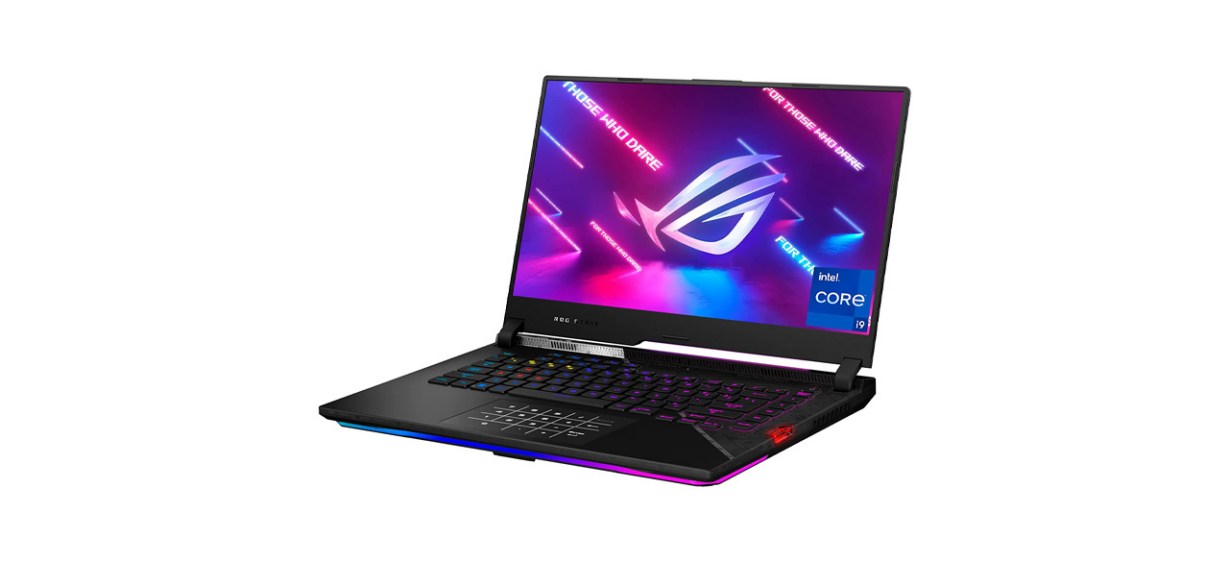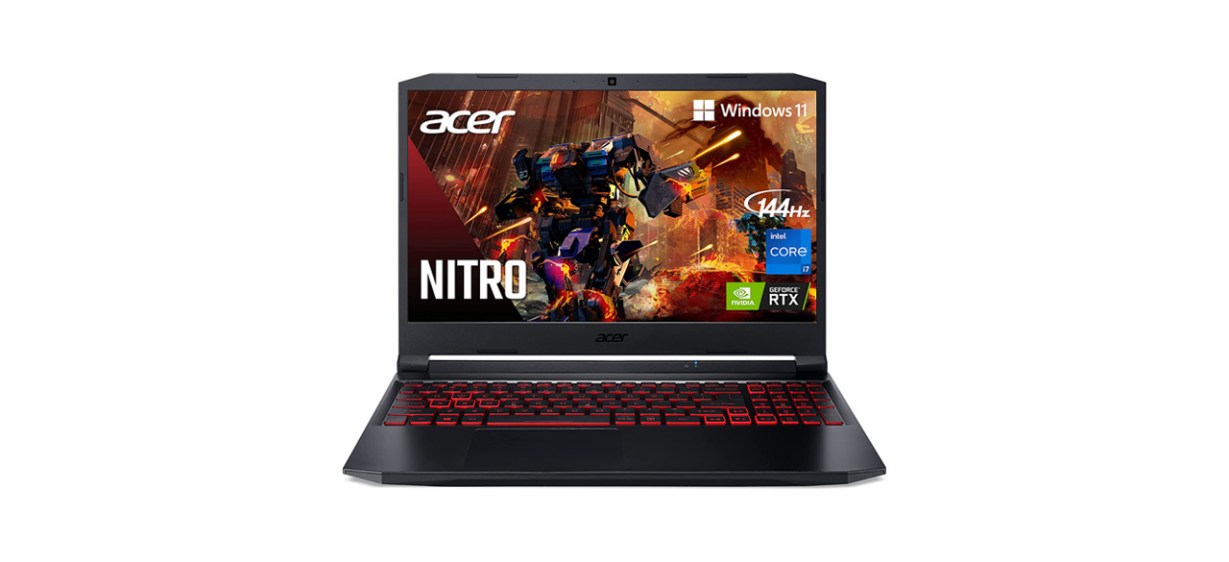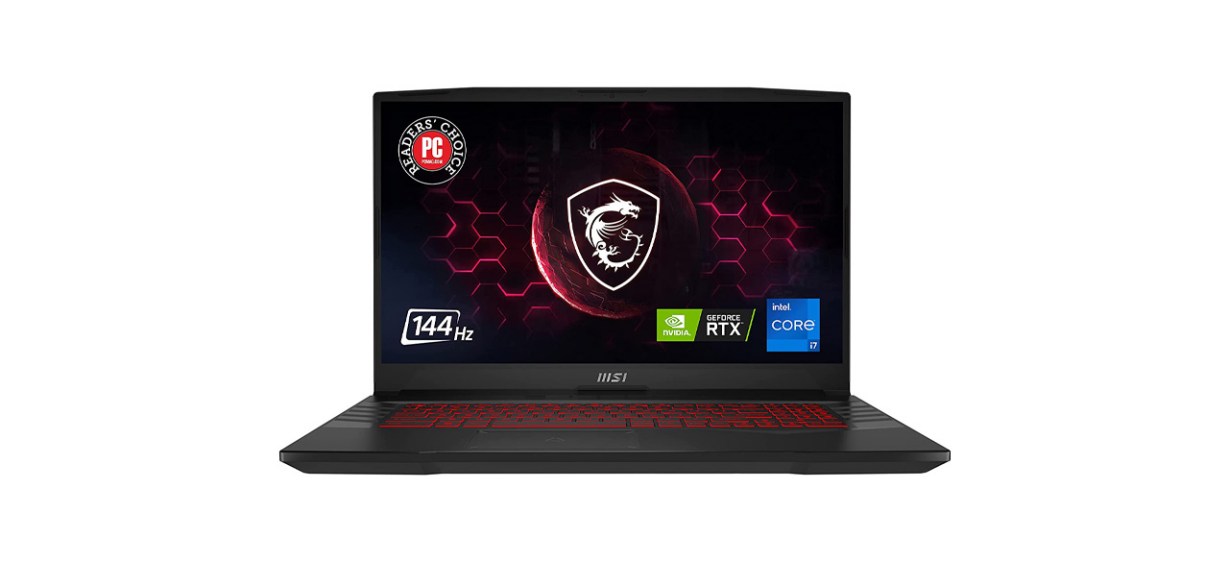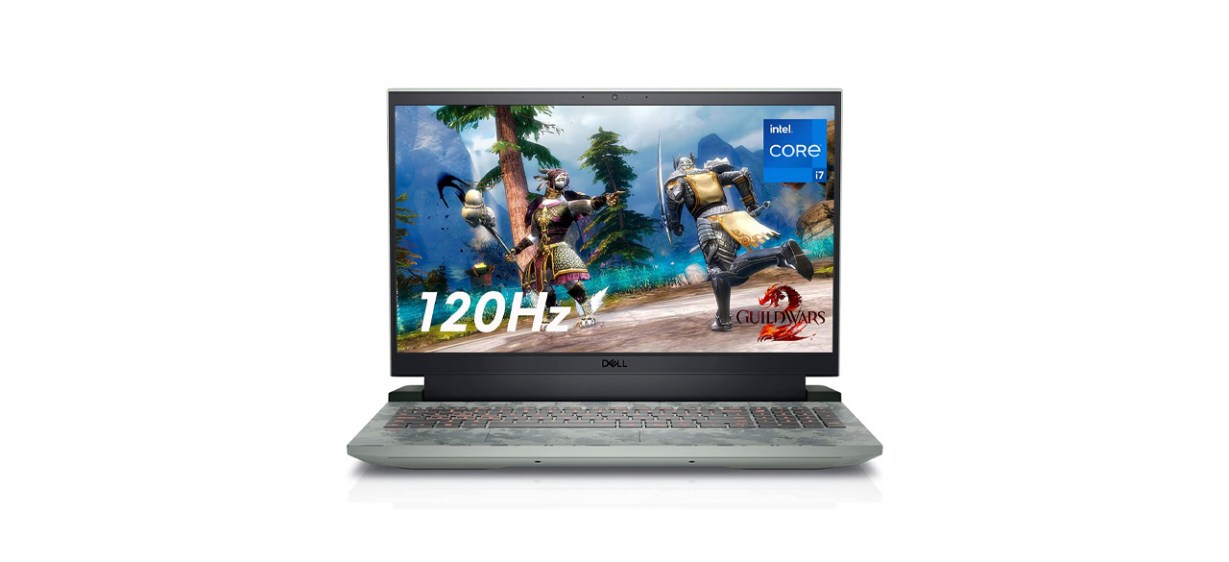- Home
- Blog
- Reviews
- All Categories
- Hot
- Appliances
- Automotive
- Books
- Baby & Kids
- Bed & Bath
- Beauty & Personal Care
- Cameras
- Computer
- Education
- Electronics
- Events
- Food & Drink
- Fashion Accessories
- Gaming
- Health & Wellness
- Home & Kitchen
- Holiday
- Lawn & Garden
- Music
- Office
- Outdoors
- Patio
- Pets
- Phones
- Services
- Shoes
- Shopping
- Sports & Fitness
- Tools
- Toys & Games
- Travel
- TVs
- Contact
- sabea
BEST GAMING LAPTOPS
Gaming on the go and cutting-edge video cards intersect in gaming laptops. These tiny machines are often more expensive than their counterparts with similar specs because you’re paying for the slim design. Despite their small size, these laptops are more than capable of running the latest AAA games. If you want one machine for work and play, many gaming laptops are more than equipped for a variety of demanding tasks, but, as with desktops, their specs and prices vary widely.
The most important considerations are the GPU (video card), RAM and CPU. The GPU handles rendering, graphics and effects, among other things, making it one of the most important components in a gaming laptop. RAM affects load times, responsiveness and frame rates, all of which play a major role in competitive online gaming. The CPU is the component that “thinks” for your laptop and is responsible for most processing and calculating. Another aspect that impacts your on-the-go gaming experience is screen size, which informs the overall size of the laptop.
The easiest way to determine the baseline specs you need is to check the requirements to run the new games you hope to play. Aim a bit higher to extend the lifespan of your device as much as you can.
While almost any gaming laptop can handle day-to-day tasks for work and web browsing, you should find a machine that excels at running your favorite types of games and is likely to last for several years before upgrading. Our top two picks are the ASUS ROG Strix Scar 15 for its powerful video card and 1TB SSD, and the affordable ASUS TUF F15, which sports the GeForce RTX 1650 and a gorgeous 15.6-inch display.
EXPERT TIP
If you’ll be playing your gaming laptop on a couch or in an armchair, consider getting a desk tray so you don’t have to rest it on your legs. Gaming laptops get warm, and some trays even include built-in vents and fans to keep everything running cool.
BestReviews Electronics Expert
BEST GAMING LAPTOPS


ASUS ROG Strix Scar 15
If you’re a competitive gamer who needs a machine designed for gaming first, this laptop has specs geared toward speed, responsiveness and performance. The thin bezel on the 15.6-inch FHD display maximizes screen size while keeping the case compact. Its 300-hertz refresh rate means the screen updates 300 times per second, giving you plenty of chances to react to your online opponents.The GeForce 3070 Ti graphics card offers a good balance between performance and fidelity, allowing you to play many online games at 60 frames per second.
While it comes with an impressive 16GB DDR5-4800 RAM, the RAM sticks are replaceable if you need to upgrade in the future. For your money, this gaming laptop offers a lot of power in a small package that can be future-proofed with upgrades.


ASUS TUF F15
If you’re a casual gamer who wants to use your laptop for work and play, the TUF F15 is a fan favorite at a low price. Its 8GB 2933 MHz DDR4 RAM can handle many AAA games with ease, and upgrades are straightforward thanks to an easy-to-open case. Its lightweight design makes it highly portable, and its efficient cooling keeps it running smoothly for long stretches. It boots up and starts programs quickly thanks to the 512GB SSD.
A rugged design keeps the inner components safe in humid environments or extreme temperatures, which is helpful if you want to take your laptop on the road. You can use this budget laptop for years with a few extra RAM sticks, and because it comes with only one 8GB stick in one of the two slots, upgrading means you don’t have to sacrifice the included RAM.


Acer Nitro 5 AN515-57-79TD
Equipped with an Intel Core i7, this affordable laptop is designed to be upgraded but offers impressive performance for the price. If you’re able to upgrade it to 16GB RAM or more, it will run most modern games smoothly, but even without upgrades, it’s still fairly fast and more than capable for day-to-day tasks. Because of its extra RAM slot and two SSD slots, this is a made-to-upgrade machine.
The Ethernet port reduces latency for competitive online games that rely on fast reflexes. It’s a solid first gaming laptop (or gaming computer) that you can grow into if you find you need better specs to run your favorite games.


Razer Blade 15
You get what you pay for with this well-built powerhouse of a gaming laptop, which features a black aluminum case measuring 0.67 inches thick, remarkably small for a computer of its power. The 240-hertz screen is quite fast, keeping up with the NVIDIA GeForce RTX 3070 Ti GPU. Its four Thunderbolt 4 ports and an HDMI 2.1 port allow for enough peripheral devices for most gaming needs, and you can connect an additional screen if you need it. The four-hour battery lasts longer than many gaming laptops with similar specs.
The trackpad is sizable and comfortable, though if you’re gaming, you’ll likely use an external mouse. Colors are bright and details stand out on the 15.6-inch QHD screen. If it fits your budget, this is a sleek, popular gaming laptop that is ready to go but designed for easy upgrades.


Alienware M15 R6 Gaming Laptop
Combining 32GB DDR4 RAM with a 360-hertz display and an Intel Core i7 CPU makes this high-end gaming laptop a fast and capable machine for single-player or multiplayer games. Out of the box, it’s equipped to run most games on their highest settings, with ray tracing enabled at the M15’s maximum resolution 1080p.
The 1TB SSD is fast and more than enough space for several AAA games. Two SO-DIMM RAM slots allow for upgrades if you need them, though that is unlikely with the included memory. One notable feature is the capability to run many VR titles, which is rare among gaming laptops.


MSI Pulse GL66 15.6-inch FHD 144 Hz Gaming Laptop
The unusual shape of the MSI Pulse, as well as its patterned cover and RGB keyboard, make it a gaming laptop that will fit well in most battlestations. A NVIDIA GeForce RTX 3070 graphics card supports ray tracing in most AAA titles, often at high frame rates. Additional slots for RAM and an extra SSD can boost the included 16GB RAM and 512GB SSD for easy future-proofing.
If you plan to use this as your primary laptop, you will likely find the keyboard as comfortable for typing as it is for gameplay. The 8GB NVIDIA GeForce RTX 3070 video card is a powerful part of this gaming laptop’s kit, putting it in line with many desktop computers.


Dell G15 5520 15.6-inch Gaming Laptop
Comfortably bridging the gap between a gaming laptop and professional laptop, the G15 5520 has a more traditional design that doesn’t look out of place in an office while packing a decent amount of power. It stands apart from many gaming laptops with a battery life of up to six hours when performing basic tasks like web browsing, so you don’t have to have an outlet nearby to get a bit of work or light gaming in. Most video games run at 60 fps and 1080p resolution. It has enough USB ports for your staple gaming peripherals, and the HDMI 2.1 port allows you to connect to a larger monitor for gaming at your battlestation. The speakers are loud and clear, though it does have a 3.5-millimeter headphone jack.
Shop Now
EXPERT TIP
Make a plan for all of the accessories you’ll need to buy along with your gaming laptop. I recommend getting at least a gaming mouse and a laptop case
JAIME VAZQUEZ
BestReviews Electronics Expert
WHAT TO KNOW BEFORE YOU BUY A GAMING LAPTOP
Video card
Video games, especially first-person-perspective games, depend on the computer’s GPU, which stands for graphics processing unit, to render the images you see while playing. Naturally, the GPU is the single biggest factor when it comes to your ability to play a game on a laptop. If you think of a GPU as a computer’s video “muscles,” it’s easy to see why gaming laptops need a particularly strong one.
Video cards are often measured by the chipset they use and the amount of built-in memory (VRAM) they have. For example, you may see a video card described as a “GeForce” series with 4GB of VRAM. We recommend a minimum of 4GB of VRAM.
As you’re shopping for a gaming laptop, pay attention to both the chipset series and the VRAM, and make sure that both are adequate for the games you intend to play most frequently. When comparing specs, be careful not to confuse the video card’s memory with the computer’s RAM or hard drive space. All are measured in gigabytes, but each serves a unique purpose.
CPU
A gaming laptop’s second most important component is its CPU (or central processing unit), which is responsible for keeping your computer running. It’s the chip that processes all the data and executes all the commands.
While a gaming laptop’s GPU is dedicated to rendering video, the CPU is responsible for everything else, from the operating system to every last game of solitaire. It can be difficult to keep up with CPU technologies because they evolve rapidly, but in general, consider the following when deciding what type of processor you’ll need.
- Brand: Most laptop CPUs are made by Intel, although AMD’s newest processors (Ryzen) are a popular favorite among gamers. Think twice about buying a gaming laptop with a CPU that isn’t made by Intel or AMD. Off-brand CPUs rarely perform as well.
- Generation: Most CPU manufacturers regularly release new iterations of their best chips, and each generation is given a code name. When shopping for a gaming laptop, buy one with the most current CPU you can afford.
Screen size
As with all laptops, deciding on what size screen is right for you also means deciding what size laptop is right for you because the screen determines the machine’s footprint. Since gaming laptops are all about displaying eye-popping visuals, picking a screen that you like and one that adequately renders the games you want to play is important. Gaming laptops typically come in three screen sizes.
- 14-inch gaming laptops often feature lower resolutions, which can mean a lot of extra scrolling and zooming in or out while playing. Pick this size model if you’re looking for an entry-level gaming laptop or you mostly play games that are less graphic intensive.
- 15-inch gaming laptops are by far the most common because they have screens that are big enough to show off action-packed video games but not so large as to be unwieldy. If you’re looking for a good balance between size, power and weight, this size gaming laptop is your best bet.
- 17-inch gaming laptops are as enormous and awkward as you might expect. While this size screen delivers an incredible gaming experience, it also uses up much more of the battery than a smaller screen. Buy this size if you absolutely must see every pixel of your games and don’t expect to have to carry your machine around very often.
Resolution
As you’re deciding what size screen is right for you, pay attention to the maximum supported resolution. For best results when gaming, we recommend a minimum resolution of 1440p.The most popular screen resolutions are often referred to by their abbreviated names. For example, 1920 x 1080 is referred to as FHD (full high definition), 2560 x 1440 is known as QHD (quad high definition) and 3840 x 2160 goes by UHD (ultra high definition).
RAM
Random access memory is the memory a computer uses to store data related to active tasks. While adding more RAM won’t make your computer faster, it will enable it to handle more tasks simultaneously, making your experience smoother and more responsive. While some low-end gaming laptops ship with 4GB or 8GB of RAM, for an optimal gaming experience, we recommend buying one with a minimum of 16GB of RAM.
EXPERT TIP
If you’re using any wireless peripherals with your gaming laptop, like a wireless gaming headset or a wireless mouse, be sure to pick up extra batteries so they don’t run out mid-game.
JAIME VAZQUEZ
BestReviews Electronics Expert
HOW TO GET THE MOST OUT OF YOUR GAMING LAPTOP
- Carry your gaming laptop’s AC adapter with you. Video games use a higher than average amount of power, and you don’t want to run out of battery life in the middle of a gaming session when you’re playing away from home. Most gaming laptop batteries will run out after two to four hours of playing.
- Investigate the minimum required hardware for each game you want to play. Every video game lists the technical requirements needed to run the game. Before buying a gaming laptop, verify that the model you want meets the requirements.
- Choose a gaming laptop that lets you change the battery. Video games draw a lot of power, so if you expect to keep your laptop for more than a few years, you should plan on replacing the battery at some point. Not all gaming laptops allow users to replace the battery, so rule out any models that prevent you from doing so.
- Close all other applications if you experience odd slowing or random crashes. When a gaming laptop isn’t powerful enough to play a game, it can freeze, stutter or crash. While you’re playing, dedicate all your system’s resources to the game.
- Buy a model that supports user upgrades if you’ll want to upgrade in the future.
Some gaming laptops are designed to allow specific user hardware updates. Many manufactur